That’s correct! Sharks don’t sink and they are actually quite buoyant despite the size of some species. They would sink like a rock if it wasn’t for a few cool features. Shark Week is coming soon! So we are taking a closer look at these amazing creatures of the ocean world. Let’s start with a quick floating shark activity and look at how do sharks float. Here is a simple science lesson in buoyancy and the anatomy of the shark for kindergarten to elementary!
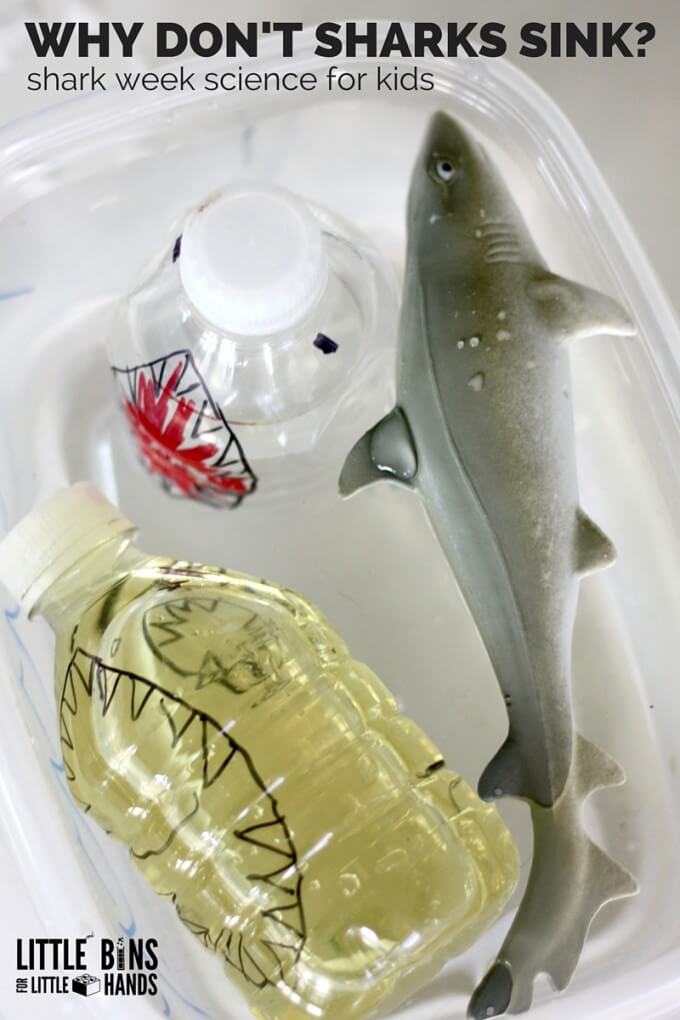
Facts About Buoyancy
Sharks are buoyant, in other words they don’t sink but they really should! Buoyancy is the ability to float in water or other fluids. Sharks need to put effort into remaining buoyant. In fact, if they stop swimming they will sink.
Most bony fish have a swim bladder. A swim bladder is an internal organ filled with gas that helps the fish float without having to swim all the time. But sharks don’t have a swim bladder to help with buoyancy. The reason is that sharks can rapidly change depth without bursting an air filled swim bladder.
So how does a shark float? There are three main ways that sharks use their bodies to float. This floating shark activity below covers one of them, the oily liver! Sharks rely on a pretty big oil-filled liver to help them stay buoyant in water. Learn more about how that works below…
Free Printable Shark Activities Pack
Shark facts, shark games, and more shark fun in a free shark activity printable pack.
Shark Buoyancy Activity
This shark activity is a great lesson in the density of liquids too! Plus, it’s easy to set up with everything you need found in your kitchen cupboards.
Supplies:
- 2 Water Bottles
- Cooking Oil
- Water
- Large Container Filled With Water
- Sharpies {optional but fun to draw shark faces}
- Plastic Shark {optional but we found it at the dollar store}
Instructions:
STEP 1: Fill each water bottle equally with oil and water.
STEP 2: Set out a large container or bin filled with water that is big enough to hold both the bottles and possibly a shark toy if you have one. If you want to get a little crafty, draw a shark face on the bottle. I am not so crafty but managed something that my six year old recognized as a shark.
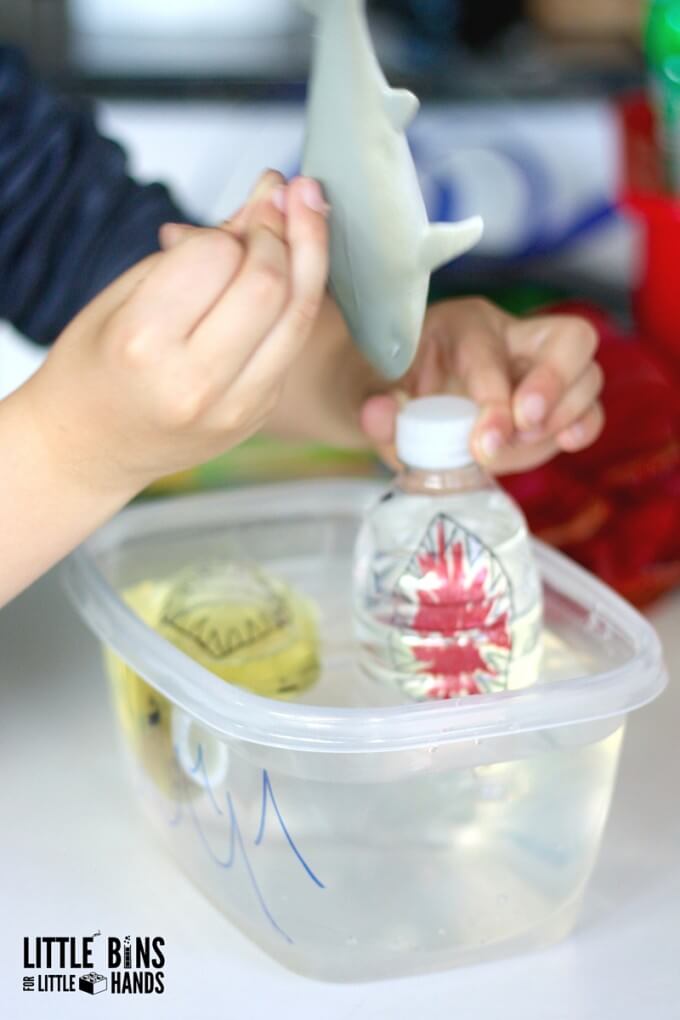
Will Your Shark Bottle Sink or Float?
The bottles represent the shark. The oil represents the oil that is in the shark’s liver. Now make sure to ask your kids what they think will happen to each bottle as they place it in the bin of water.
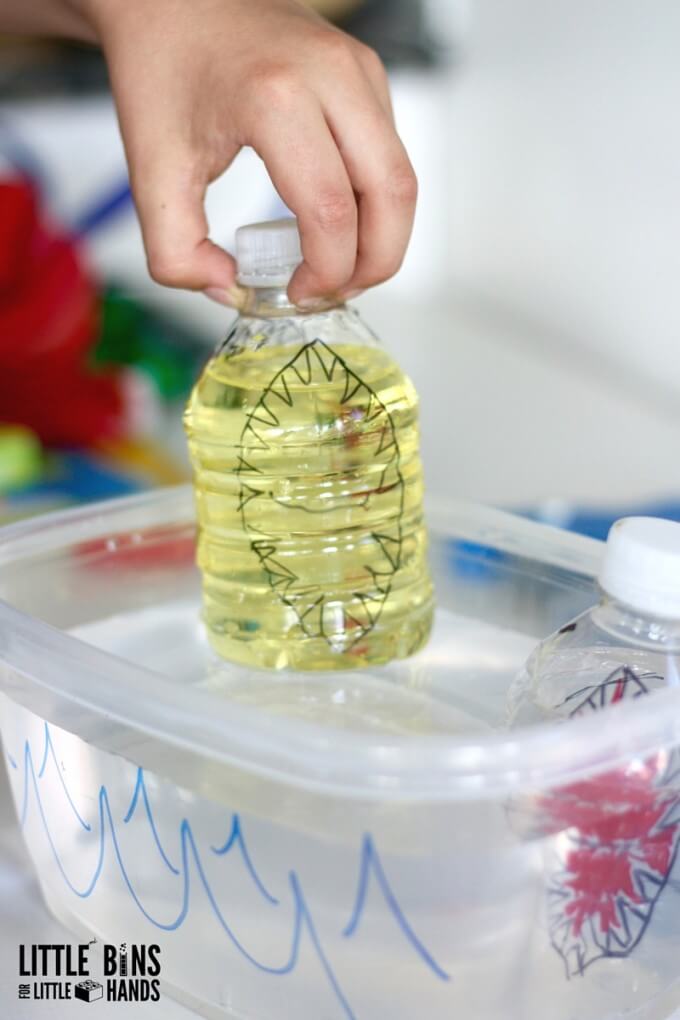
Sharks Are Buoyant!
As you can see the oil filled bottle floats! Which is exactly what the large oil-filled liver of the shark does! It’s not the only way a shark remains buoyant, but it is one of the cool ways we can demonstrate shark buoyancy for kids.
Oil is lighter than water which is why the other bottle sunk on us. So this is how sharks maintain buoyancy without a swim bladder.
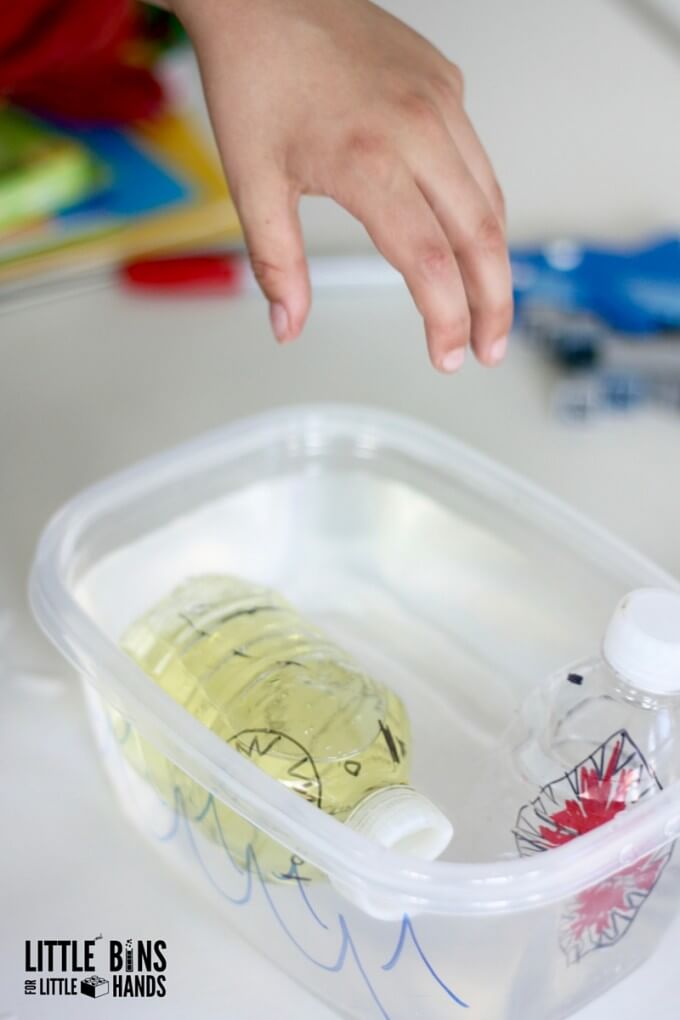
How Else Does A Shark Float?
Remember I said there were three ways a shark’s body helps with buoyancy. Another reason sharks float is because they are made of cartilage rather than bone. Cartilage is, you guessed it, much lighter than bone.
Now let’s talk about those shark fins and tail. The side fins are somewhat like wings while the tail fin generates constant movement pushing the shark forward. The fins lift the shark while the tail moves the shark through the water. However, a shark cannot swim backward!
Note: Different species of shark use different means to stay buoyant.
CHECK IT OUT: Quick YouTube Video from Jonathan Bird’s Shark Academy
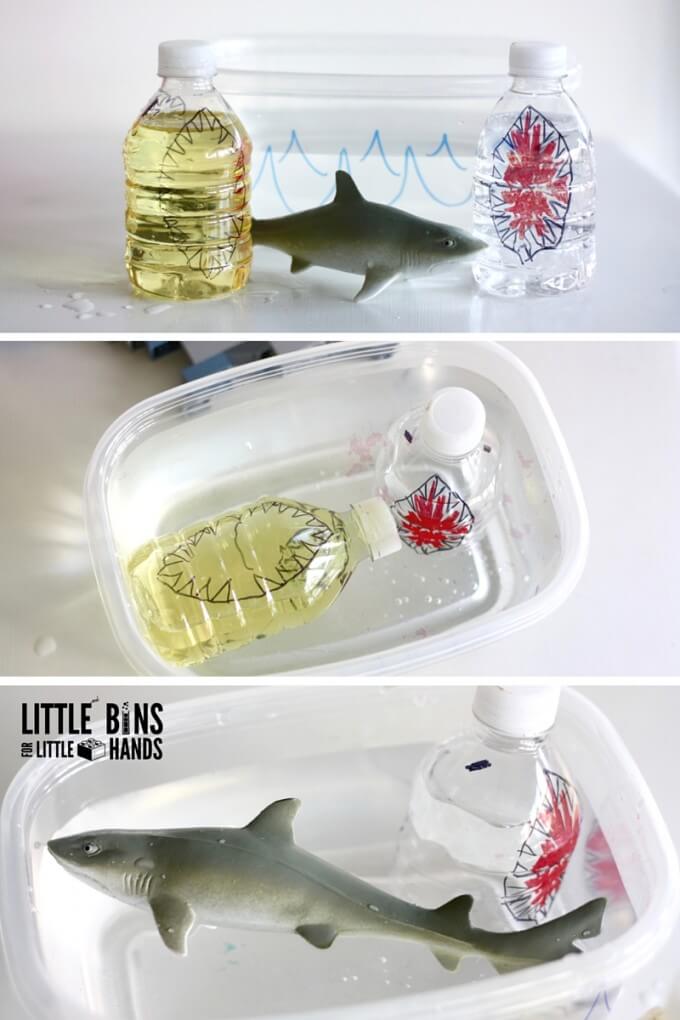
Learn More About Ocean Animals
- Glow In The Dark Jellyfish Craft
- How Do Squid Swim?
- Fun Facts About Narwhals
- Salt Dough Starfish Craft
- How Do Whales Keep Warm?
- How Do Fish Breathe?
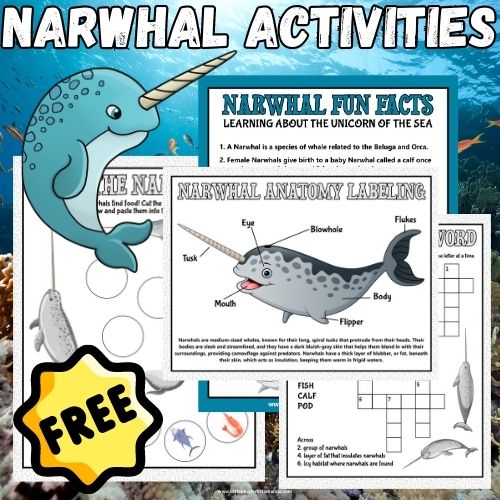

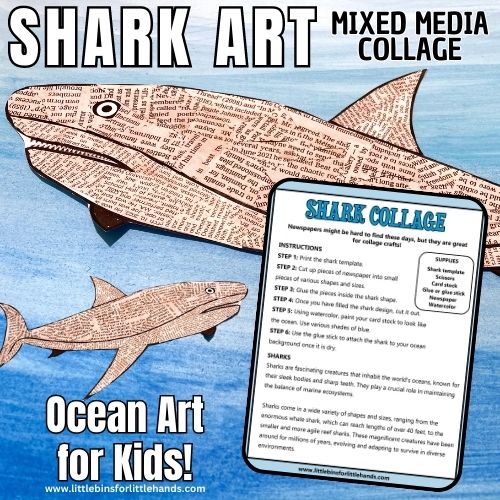
Printable Ocean STEM Project Pack
Perfect for kids in Kindergarten through Upper Elementary School! Grab this Ocean printable project pack and read the reviews!
- 10+ Ocean theme science activities with journal pages, supply lists, set up and process, and science information. Easy to set up, fun, and fit into your available time, even if it’s limited!
- 10+ Printable Ocean STEM challenges that are simple but engaging for home or classroom.
- Engaging Ocean theme activities include a tide pool pack, oil spill pack, marine food chain pack, and more!
- Ocean Theme STEM Story and challenges perfect for going on a STEM adventure in the classroom!
- Learn about Jacques Cousteau with a workbook activity
- Explore the ocean layers and create an ocean layer jar!
- Ocean Extras include I-Spy pages, bingo games, coloring sheets, and more for early finishers!
- BONUS: Ocean Science Camp Week Pullout (note some duplicate activities but organized for convenience)
- BONUS: Ocean STEM Challenge Calendar Pullout (note some duplicate activities but organized for convenience)






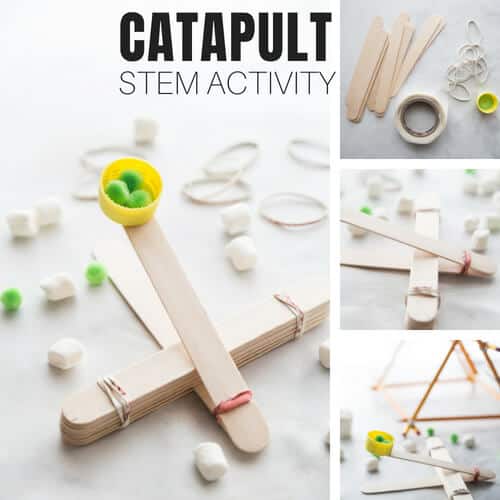
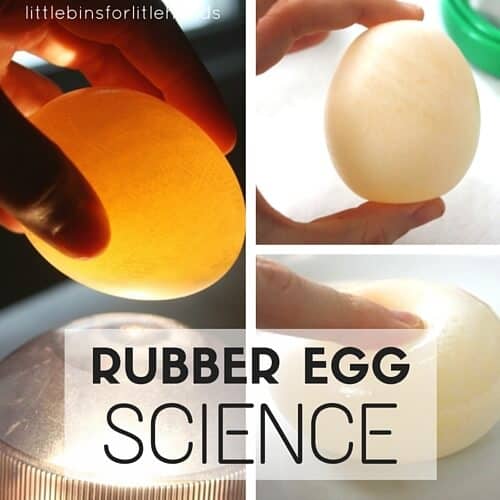
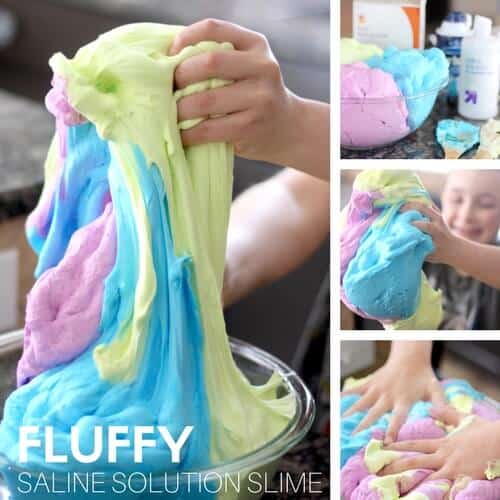

6 Comments
Comments are closed.